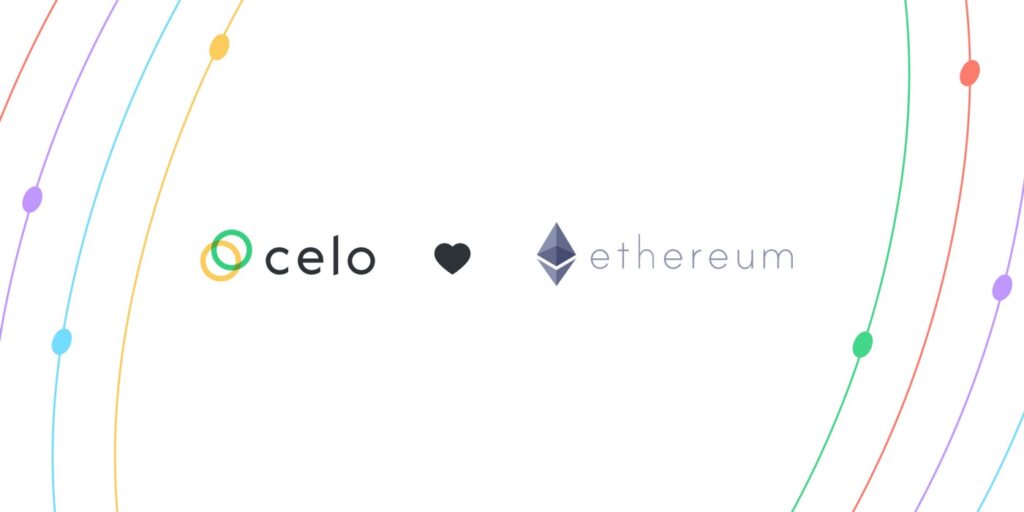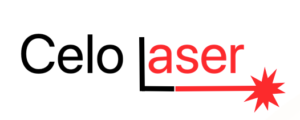Crypto Currencies are not necessarily “one vs another” in the crypto space, even when they do have many of the same applications or features. Celo and Ethereum go hand in hand nicely, fulfilling different roles in the DeFi environment.
Originally by
Celo FoundationFollowJul 14 · 4 min read

For a blockchain that just celebrated its first trip around the sun, Celo has seen remarkable growth since the launch of its Mainnet 12+ months ago. While this growth has been the source of much excitement, there has also been a lot of confusion in the wider community about Celo’s relationship to Ethereum. We’ve been asked everything from: “are you built on Ethereum?” to “are you Ethereum compatible?”, and again, “can you access Celo assets on Ethereum”? If this is you, we want you to know that your questions have been heard, and we are here to answer them.
The History of Celo
While the Celo client originated as a fork of Ethereum Go language client go-ethereum, the Celo blockchain is entirely separate from the Ethereum network. Its cryptocurrency CELO is comparable to Ether on Ethereum, and its ledger consists of externally owned accounts that have a CELO balance and are controlled by a public-private key pair, as well as contract accounts that contain code and data of a single smart contract which can be used to manipulate its own stored data. All that to say, Celo is not built on Ethereum and is instead an independent chain from Ethereum.
Similarities and Differences
Crypto assets on Celo are not to be confused with ERC-20 tokens on Ethereum. However, Celo crypto assets do have ERC-20 compliant interfaces. This means that programming languages and frameworks developed for Ethereum, such as Solidity and Truffle, can also be used by developers building on Celo. So, when being asked the question “is Celo Ethereum compatible?”, the answer from a developer’s perspective is a resounding yes. We’ll get to the answer from a user perspective below.
A way in which the two blockchains differ is that the Celo protocol uses Proof-of-Stake (PoS) to maintain consensus instead of Proof-of-Work (PoW). Outside of the environmental implications, this means that blocks on Celo are created at a regular 5 second interval, whereas they are mined every ~12 seconds on Ethereum.
Additionally, while all transaction fees on Ethereum must be paid in Ether, transaction fees on Celo can either be paid in the native token CELO, or in cUSD, a stablecoin that tracks the value of the USD. Because Celo uses Proof-of-Stake, transactions are also much faster and require less energy, resulting in fewer fees paid per transaction.

Bridges, bridges, bridges
As the mother of all DeFi, Ethereum brought liquidity and primitives like lending and insurance to dApps. However, higher fees and slower transaction times have made the ecosystem harder to access for the everyday user. One solution has been to create bridges in the DeFi ecosystem, so that assets can be transferred on other chains. At Celo, this first became possible with Ethereum when the donut hardfork went live in May. One of the hardfork improvement proposals (CIP-35, to be precise) put forward that Celo would include Ethereum transaction types, meaning Celo is now compatible with Ethereum wallets, like MetaMask.
More bridging will soon be possible between the two networks through Optics.
A United Force of DeFi
Ethereum and Celo have both been pioneers in the blockchain layer 1 space. Combined, the opportunities are endless. The DeFi world Ethereum created has allowed everyday people to send money around the world, borrow funds with collateral, save, trade, grow a portfolio, access funding, get insurance, and more. As a mobile-first blockchain, Celo makes DeFi easily accessible to anyone with a mobile phone, opening a whole realm of possibilities for users around the world, particularly the unbanked. Celo’s growing family of stablecoins also offer an opportunity to perform day to day activities in digital currency that algorithmically follow the value of fiat currencies. Not to mention that as a carbon-negative blockchain, performing transactions on Celo is more environmentally friendly — an important feature in a warming world.
The Celo team are big fans of Ethereum. As is the case for many other blockchains, we wouldn’t be where we are without Ethereum. Today, we are pushing the boundaries of what is possible in DeFi and working with Ethereum and the DeFi ecosystem. The more we work together, the stronger we will become.
Via this site

